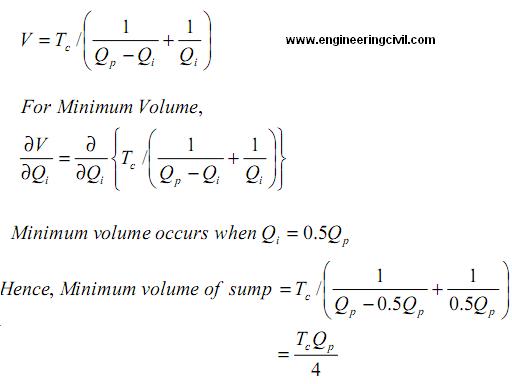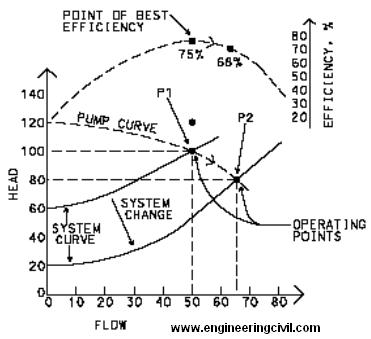Corbel beams are defined as z/d<0.6 where z is the distance of bearing load to the beams’ fixed end (or called shear span) and d is depth of beams. The design philosophy is based on strut and tie system. To establish the design model, it is firstly assumed the failure surface, i.e. shear cracks extending to 2/3 of depth of beam. Experiment results verified that the failure cracks extended only to 2/3 of beam while the remaining 1/3 depth of concrete contributed as concrete strut to provide compressive strut force to the bearing loading.
Horizontal links are normally provided to corbel beams because experimental results indicated that horizontal links were more effective than vertical links when shear span/depth is less than 0.6. For shear span/depth>0.6, it should be not considered as corbel beams but as cantilevers.
In designing corbel beams, care should be taken to avoid bearing load to extend beyond the straight portion of tie bars, otherwise the corners of corbel beams are likely to shear off. Reference is made to L. A. Clark (1983).
This question is taken from book named – A Self Learning Manual – Mastering Different Fields of Civil Engineering Works (VC-Q-A-Method) by Vincent T. H. CHU.


